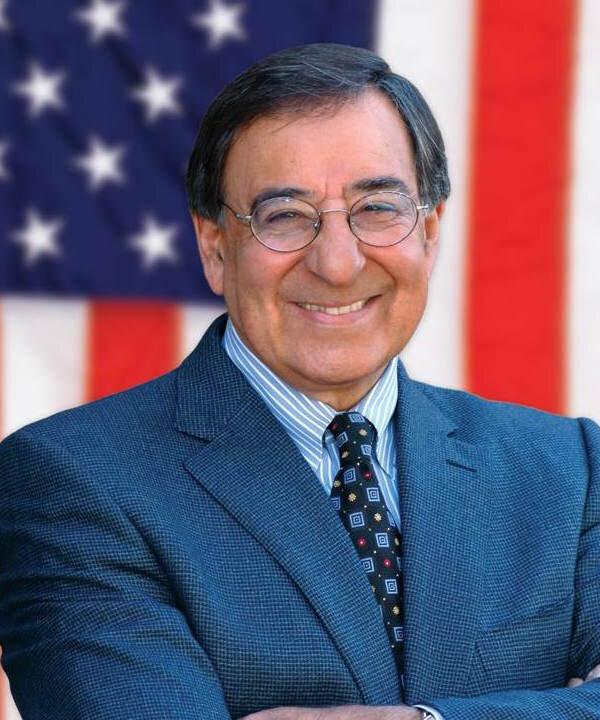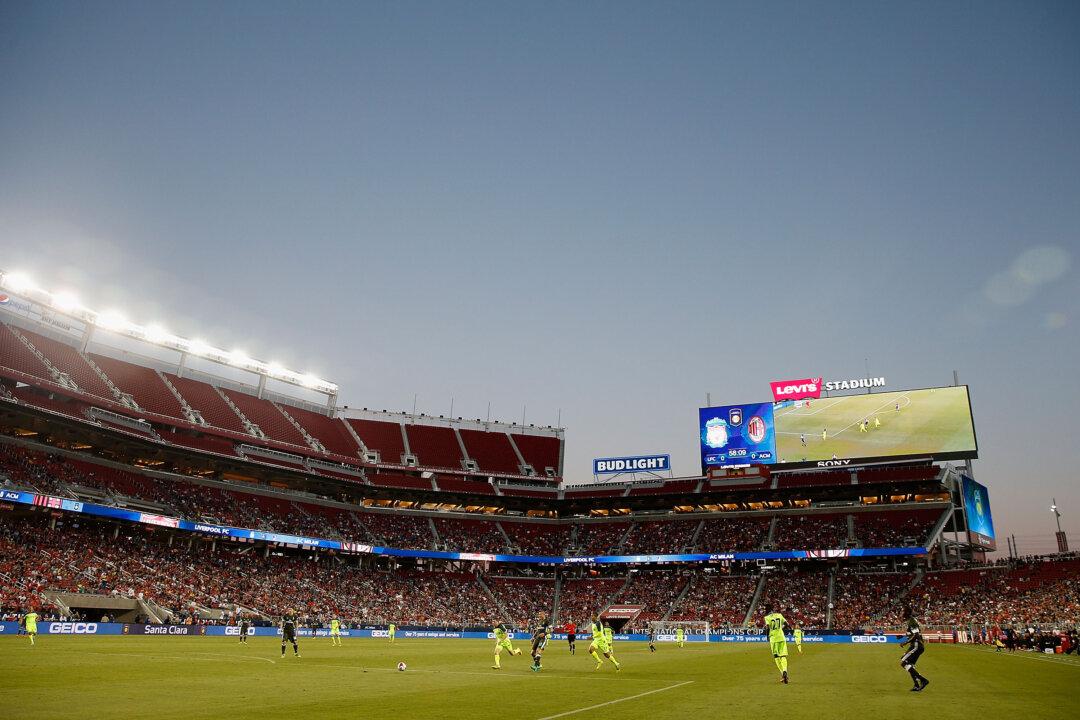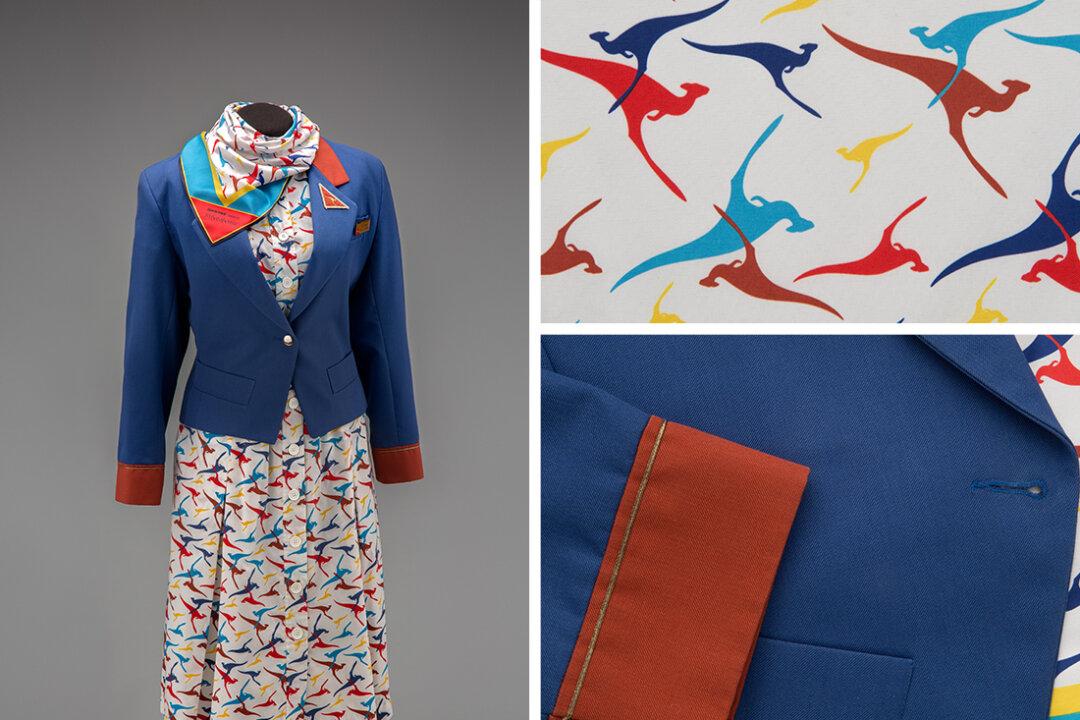Nowadays, many manufacturers are creating synthetic perfumes to compete in the mega-profit global fragrance market, currently valued at $39.4 billion.
Many celebrities add their famous names to the creation of their signature fragrances. Some make an enormous sum of money selling their perfumes. For example, Elizabeth Taylor’s “White Diamonds” grossed over $1 billion since its release in 1991.
Taylor Swift, Madonna, Brad Pitt, Beyonce, and a host of others have added their names to perfumes currently on the market, with Britney Spears outdoing them all, with 16 fragrances released under her personal brand.
Belying the mass market popularity of such fragrances is a rare and esoteric art. Some higher-end fragrances are especially designed by the world’s top perfumers, cheekily called “Noses” by the French. They work with natural compounds extracted from plant and animal substances to create subtle yet potent blends.
“The difference between the original authentic formula and the synthetic manufacturing is like watching television in black and white versus color,” said one respected nose.
There are only 200 “nose” perfumers in the world and all are graduates of the two-year intensive schooling at the only known Nose Schools in New York and Paris. The noses create only 12 fragrances annually—they are uniquely talented, in high demand, with salaries reaching close to a million dollars a year. The fragrance formulas are forever kept secret and only the Noses know for sure the combination of its elements.
From Farm to Bottle
Nestled in hilly Healdsburg, 70 miles north of San Francisco are the enchanting rose gardens of Russian River Rose Company. Sonoma’s Russian River Valley is known for cool-climate wines, earthy and organically grown vegetables and fruits, nature hikes, and rich history which attract thousands of visitors from all over the world to this spectacular region of California.
To get a taste of how traditional perfumeries work, I took a tour led by Michael Tolmasoff, founder, owner, and the guiding connoisseur of the Russian River Rose Company.
He and Jan Tolmasoff are the energy behind Russian River Rose Company. They have developed exclusive cultivars registered by the American Rose Society and reintroduced historic Bulgarian perfume-making methods, some of the finest in the world.

Jan is a noted rose lecturer throughout the Bay Area, sharing her knowledge of rose history and garden care, and her love of beautiful roses. Michael Tolmasoff grew up in Los Angeles in a unique Russian religious community, known as Molokans. His grandparents had immigrated to California from Russia in the early 1900s. Michael became a champion swimmer, setting several records. He garnered a scholarship to USC where he continued to swim, play water polo, and major in chemical engineering.
Established in 1990, the Russian River Rose Company is a family endeavor. Jan and Michael raised their two children, Alex and Tanya, on the property where they grow magnificent roses. Today, their grandson William joins in the fun and, together with his gran Jan, has helped to develop four rose cultivars introduced by the Russian River Rose Company in 2007.
With two acres of over 650 varieties of gorgeous roses, fragrant rose fields, and a butterfly garden full of winged visitors, the estate’s romantic Rose Alley showcases a number of roses named after Marilyn Monroe, Cary Grant, Elizabeth Taylor, Doris Day, Ingrid Bergman, Dick Clark, and Barbra Streisand, just to name a few.
A Delicate Process
As I was filling my basket with the velvety petals of the garden’s Bulgarian, French, and Persian varietals (to be later distilled for my perfume, rose water, or rose oil), I could easily envision bouquets created from them. With their impressionistic textures and bright yellow, orange, cherry red, delicate pink, and cream colors, these incredible flower arrangements would have inspired the brilliant Dutch Masters to paint more of their priceless canvases.
I watched with fascination Michael’s demonstration of the lengthy process of converting rose petals to the perfume’s aromatic scents, I realized how intricate and delicate this entire transformation process is.
“Producing rose oil is both difficult and expensive. You have to have the right location and microclimate,” Michael explains. “Of the 24,000 known roses only a handful have the fragrance intensely, early Spring bloom and abundance of blooms. The roses are harvested daily over four to five weeks in the spring, each morning between 5:30–7:30 to catch the low temperatures needed to retain the scent before it can evaporate to the air.
“The blooms are put into the distill where the temperature of the steam drives the oil out of the petals and sends it to the condenser where it (and steam) are returned to liquids. These liquids drain into a special flask where the oil eventually floats on top of the water. The layer just below the floating oil is ‘rose water,’ a milky water laden with rose scent. Our little stills only hold 11–12 pounds of roses which yield just 11–12 drops of oil per batch.”




